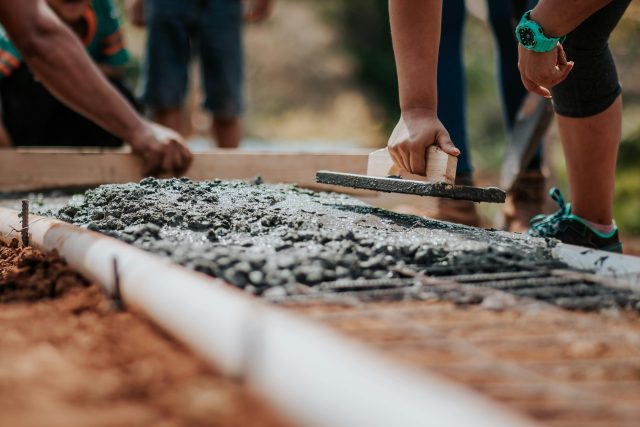
Selecting the correct type of hose for your construction project is crucial for ensuring efficiency, safety, and longevity in your operations. Hoses are used in construction for a wide range of purposes, from conveying water and other fluids to providing air or hydraulic power to machinery. Due to the varied nature of construction projects and the different materials that hoses can convey, it’s important to consider several factors before making your selection. In this article, we’ll guide you through the key considerations and offer insights into choosing the right type of hose for your specific construction needs.
Understanding Hose Applications in Construction
Firstly, understand the primary use of the hose in your project. Hoses in construction can be used for air (pneumatic tools), water (irrigation, cooling, or cleaning), concrete (conveying concrete to hard-to-reach areas), and chemicals (transferring chemicals or fuels). Each application requires a hose with specific properties to ensure it can handle the pressure, temperature, and type of material being conveyed.
Material Compatibility
The material of the hose must be compatible with the substance it will transport. For instance, hoses used for transferring petroleum products will require different material properties than those used for water. Rubber, PVC, polyurethane, and composite materials are common, and each has its advantages and disadvantages depending on the application.
For example, rubber hoses are generally more flexible and resistant to abrasion, making them suitable for high-pressure applications, whereas PVC hoses are lighter and more cost-effective but less durable under extreme conditions. Contact the experts at Hydraflex to meet all of your hose needs.
Size and Length
Choosing the right size (diameter) and length of the hose is essential for maintaining proper flow rates and pressure. A hose that is too small can restrict flow and increase pressure loss, which can damage the hose and the equipment it’s attached to.
Conversely, a hose that is too large can be unnecessarily expensive and more difficult to maneuver. The length of the hose should be enough to reach the necessary areas without creating excessive pressure drop or becoming cumbersome to handle.
Pressure Requirements
The working pressure of the hose must meet or exceed the maximum pressure of the system. This includes considering both the static pressure and any surges or spikes that may occur during operation. It’s advisable to choose a hose with a working pressure rating higher than the maximum system pressure to ensure safety and durability.
Flexibility and Weight
Flexibility and weight are important factors, especially in applications where the hose needs to be moved frequently or navigated through tight spaces. Lighter and more flexible hoses reduce the strain on workers and can make setup and tear-down quicker and easier. However, ensure that this does not compromise the hose’s durability or suitability for the application.
Durability and Environmental Conditions
Consider the environmental conditions the hose will be exposed to. UV radiation, extreme temperatures, and abrasive surfaces can deteriorate a hose over time. Choose a hose that is designed to withstand the specific conditions of your project site.
For example, hoses used outdoors in sunny climates may require UV-resistant materials, while those used in cold environments need to maintain flexibility at low temperatures.
Couplings and Fittings
The compatibility of couplings and fittings is also vital. These should match the hose in terms of material, size, and pressure rating to ensure a secure connection. Improper fittings can lead to leaks, disconnections, or hose failure. Ensure that the couplings are also suitable for the type of work and the conditions under which they will be used.
Certifications and Standards
Finally, check for any industry certifications or standards that the hose should meet. This can include ISO certifications, which indicate that a hose meets international quality and safety standards, or specific construction industry standards related to material handling and equipment safety.
Conclusion
Choosing the correct type of hose for your construction project involves a comprehensive understanding of the project’s requirements and the conditions under which the hose will operate. By carefully considering the application, material compatibility, size, pressure requirements, flexibility, durability, and the right couplings, you can ensure that you select a hose that will perform efficiently and safely throughout the lifecycle of your project. Remember, investing time in selecting the right hose can save costs, enhance safety, and improve operational efficiency in the long run.













